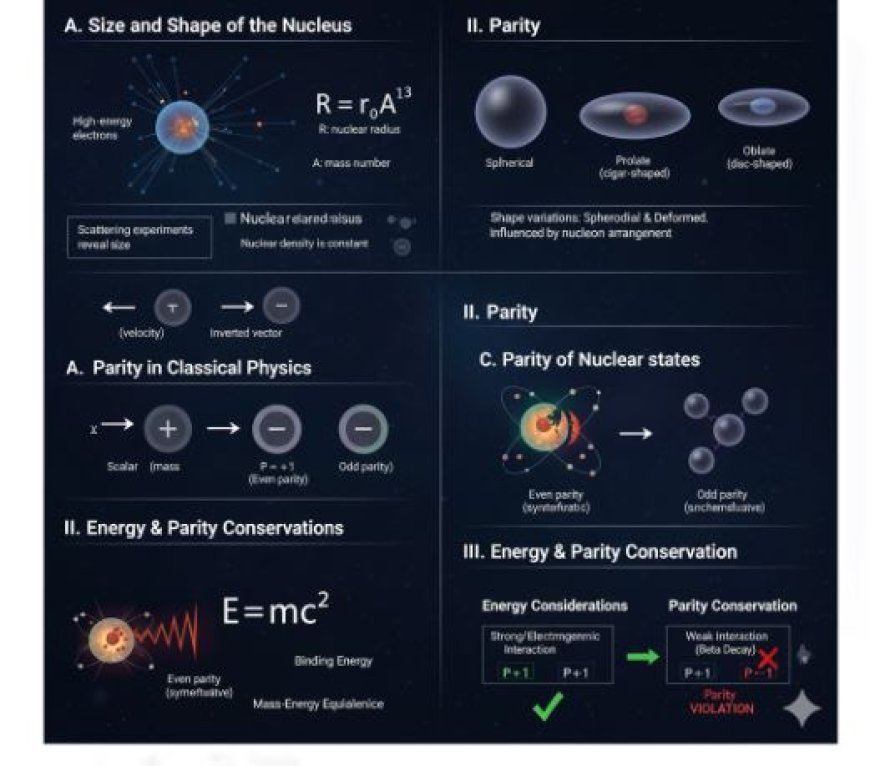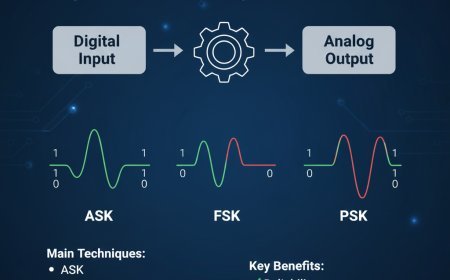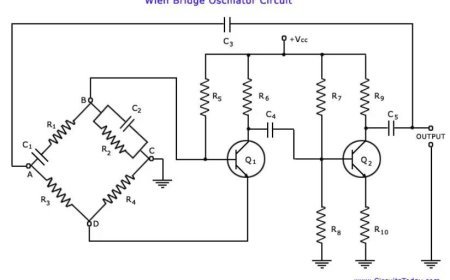NUCLEAR SIZE, SHAPE AND PARITY
Learn about the atomic nucleus, including its size, shapes like spherical and deformed forms, and the concept of parity in nuclear physics. Understand how nuclear structure influences fundamental interactions.

Understanding the Atomic Nucleus: Its Size, Shape, and Symmetry
The atomic nucleus is a small, very dense center inside every atom. It is essential for knowing the elements and how they combine. Its properties, particularly size, shape, and parity, reveal interesting aspects of nuclear physics.
I. Size and Shape of the Nucleus
The nucleus is not just a simple, even sphere. Its size and shape depend on how many protons and neutrons it contains.
A. Size of the Nucleus
We can't use a scale to measure the nucleus directly. Instead, we use scattering tests that involve hitting the nucleus with high-energy particles, such as electrons or alpha particles. How these particles spread provides clues about the size of the nucleus.
A common method estimates the radius (R) as:
Where:
- R is the nuclear radius.
- r₀ is a constant, approximately 1.2 × 10⁻¹⁵ meters (1.2 femtometers or fm).
- A is the mass number (total number of protons and neutrons).
This method shows that nuclear volume is proportional to A, meaning that the nuclear density remains nearly constant, regardless of the nucleus's size.
B. Nuclear Shape
Nuclei are usually thought of as spherical, but many are not perfectly round. These shape variations include:
- Spheroidal (Ellipsoidal): The nucleus is either elongated or compressed in one direction, making it:
- Prolate (cigar-shaped) – stretched along one axis.
- Oblate (disc-shaped) – flattened like a disk.
- This shape is influenced by how nucleons (protons and neutrons) arrange themselves and the internal forces acting within the nucleus.
- Deformed: Some nuclei have even more complex shapes that don't fit simple geometric figures. These deformations are linked to quantum interactions between nucleons.
The shape of the nucleus affects its properties, such as moment of inertia and how it interacts with electromagnetic forces.
II. Parity
Parity is a quantum property that describes how a system behaves under spatial inversion—imagine mirroring the system through the origin by flipping the signs of all spatial coordinates.
A. Parity in Classical Physics
In classical physics:
- Vectors (like motion) change direction when inverted.
- Scalars (like mass) remain unchanged under inversion.
B. Parity in Quantum Mechanics
In quantum mechanics, parity is represented by the quantum number P:
- Even parity → P = +1
- Odd parity → P = -1
C. Parity of Nuclear States
The total parity of a nuclear state depends on the individual nucleons and their spatial wavefunctions:
- If there is an even number of fermions (such as protons or neutrons) with a symmetric wavefunction, the state has even parity.
- If there is an odd number of fermions with a symmetric wavefunction, the state has odd parity.
- The shape of the wavefunction is closely tied to the orbital rotational momentum of the nucleons.
D. Parity Conservation
- In strong and electromagnetic interactions, parity is conserved. This means that the initial and final states in a nuclear process must have the same parity.
- However, in the weak nuclear force, parity is not conserved. This means that symmetry can change during weak interactions, such as beta decay.
- The discovery of parity violation in weak interactions was a major breakthrough in nuclear physics.
IMAGE SOURCE (THUMBNAIL)
What's Your Reaction?



































